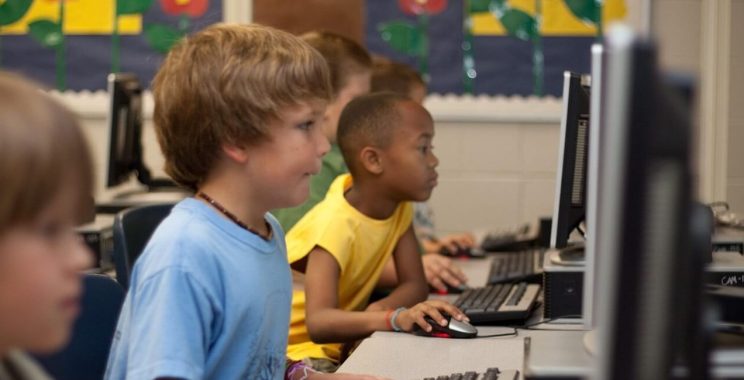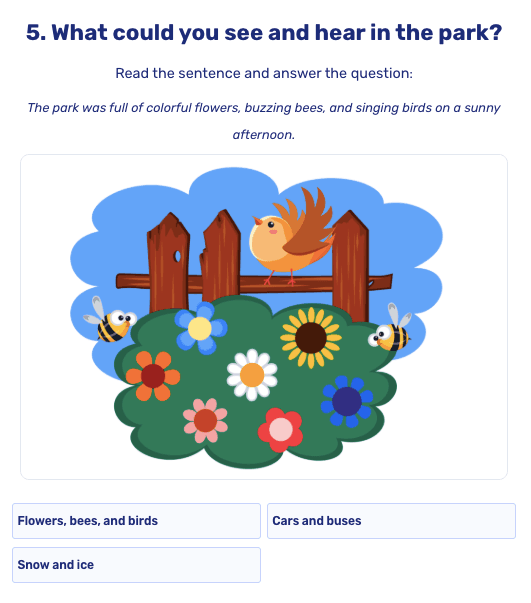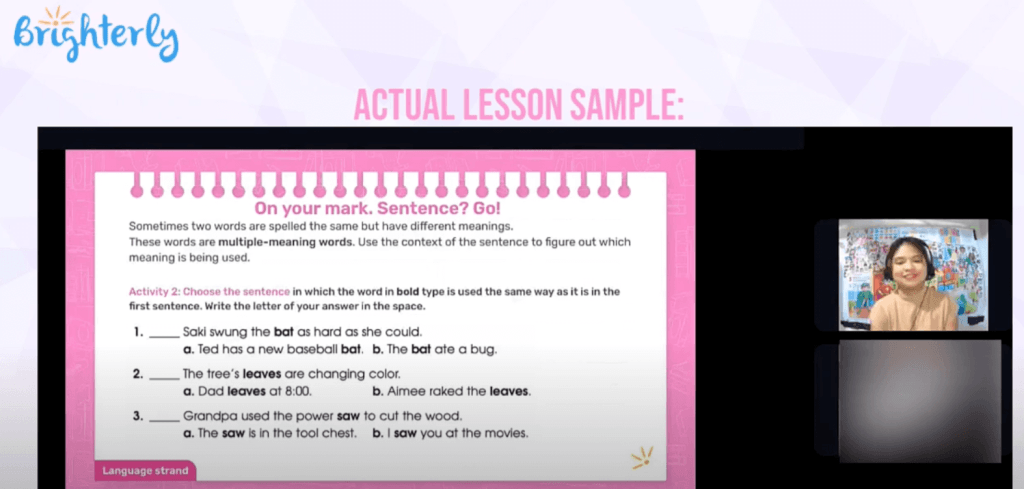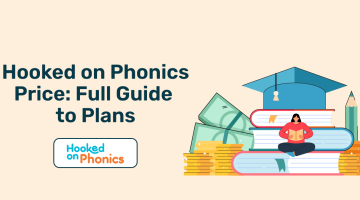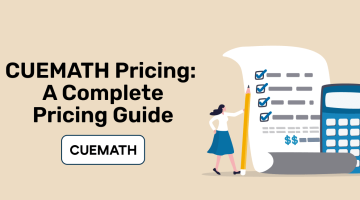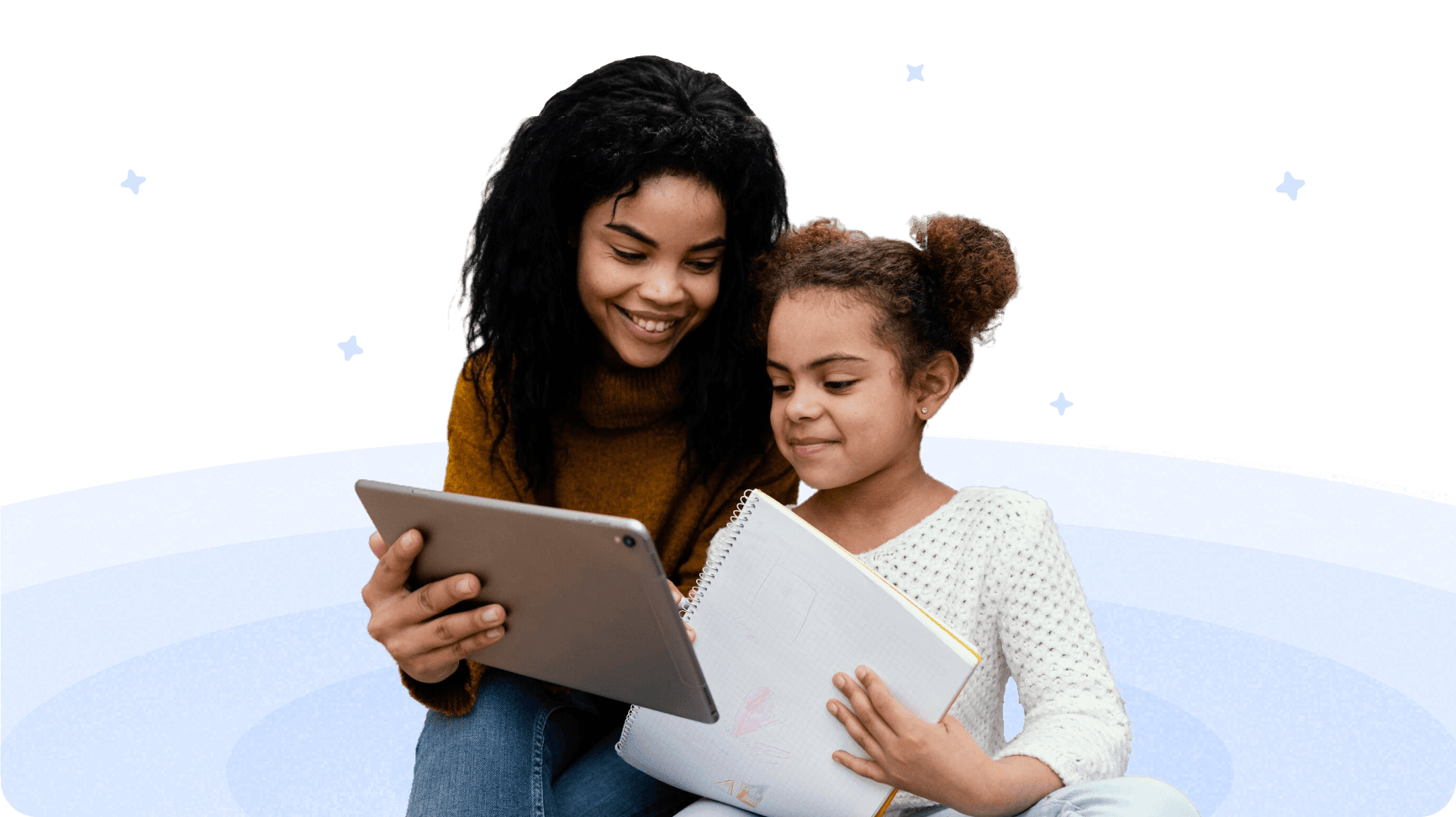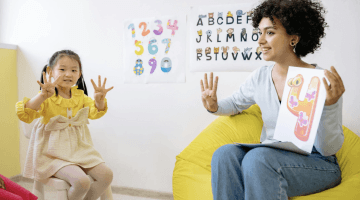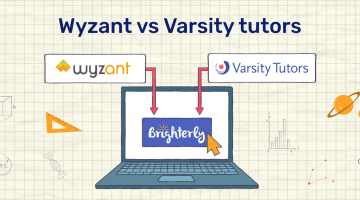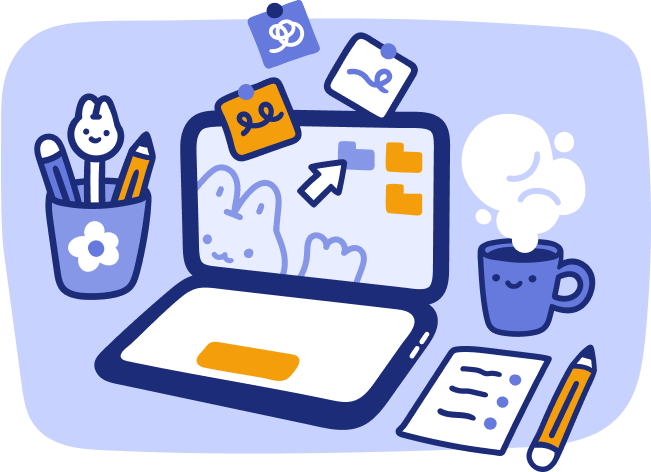What Is Blended Learning? Your Complete Guide
reviewed by Laila A. Lico
Updated on October 7, 2025
Today’s learning may indeed feel tedious and disengaging. Attention span decreases, new technologies emerge, and environments constantly change. But that’s why the blended learning experience is so popular.
Want to know more? Read this review from a teacher to explore what is blended learning in education, discover blended learning examples, and learn how to make it work for you or your kid.
What is blended learning?
Blended learning is a teaching method that involves using traditional methods and online learning strategies, which offer both structure, motivation, and flexibility.
Let’s try to understand the blended class meaning with a simple example:
Imagine a math class. With a blended learning approach, the learners would learn a new formula in a class, and then reinforce their practice with online tutorials or separate online tasks at home.
This approach is often referred to as hybrid learning. However, if we compare the hybrid learning definition and the blended learning meaning, they are different, and it would be wrong to use them interchangeably.
- The hybrid programs mean that teaching can happen offline and online at the same time; for instance, some kids can be present in a class, while others can participate virtually from a distance.
- A blended program meaning is concerned with an approach in which a teacher combines different methods to provide knowledge.
Why blended learning is effective?
Blended learning is effective as it combines live teaching that offers structure and guidance with digital practice, allowing learners to be more flexible, engaged, and active.
The blended approach to learning brings better, evidence-driven outcomes, affects student performance, and increases satisfaction. From the teacher’s perspective, it allows more ways to explain ideas and keep students immersed in learning.
Note: Research by the Center for Digital Education shows that 73% of teachers who use blended learning in classroom settings report higher engagement and improved achievement among students.
Blended learning benefits: What are they?
The common advantages of blended learning include greater reach, flexibility, adaptability, relevance, personalization, and engagement that apply to students and classes of all ages.
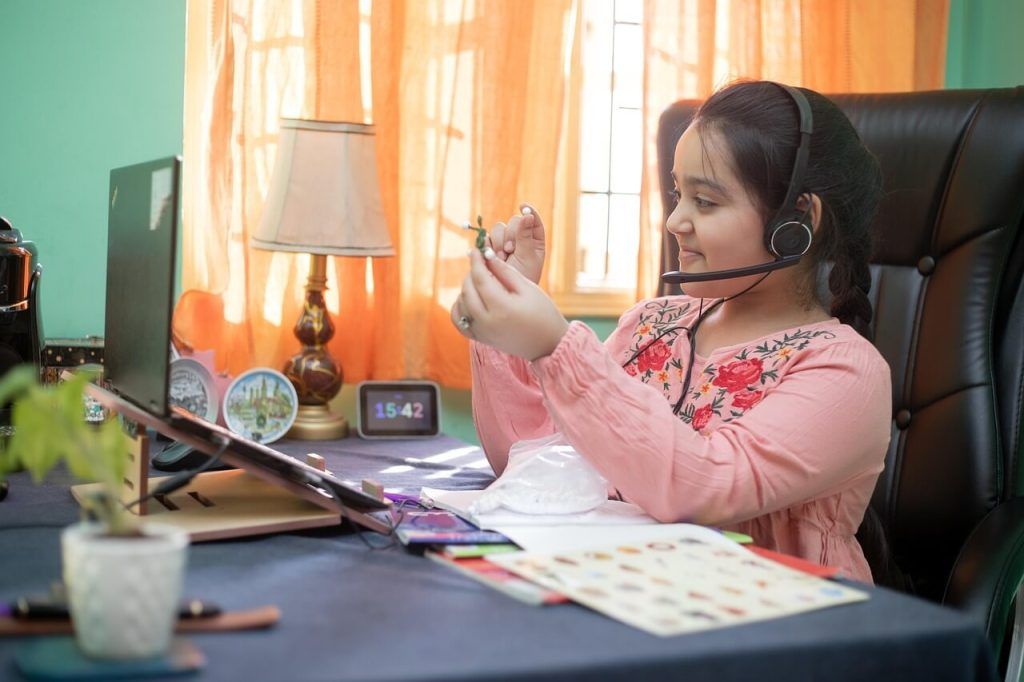
Let’s look at each of the advantages of blended learning more closely:
- It allows more customization and flexibility. Blended learning is extremely flexible in teaching methods. It means lessons can be tailored to each learner, considering the pace, place, practice options, and materials’ difficulty.
- It helps learning to adapt to trends. As technologies develop, the traditional classroom may not be a fit for new technology, collaborative learning techniques, or media. By contrast, adopting blended learning in the classroom offers room for these new elements.
- It improves digital skills. Blended learning builds important tech skills and supports digital literacy. Just imagine how many projects and businesses are online today.
- It teaches via fun and engagement. The blended learning approach is about the variety and diversity of actions. A mix of activities keeps learning interesting, interactive, and engaging, boosting motivation.
Types of blended learning
If you’re planning to use blended learning, you should know that there are different models. Some would suit an organized learner, others will be ideal for younger students.
Each type of blended learning experience will work within a different schedule or mix of online and classroom time, but all keep a teacher as a part of the process:
Model |
Description |
| Face-to-face model | The face-to-face model is built around traditional-style classes, either in person or online, and uses online tools either for communication or tasks. |
| Flipped model | This model is slightly more advanced than the former, as students study materials at home and then actively participate in lessons. |
| Flex model | Under this type of blended approach to learning, students are more self-organized. They choose what is best for them, online lessons or offline tasks, and consult the teacher when needed. |
| Rotation model | The rotation model is one of the hardest for teachers to maintain, as class is split into groups with different activities. While some read, others may collaborate with the teacher or do tasks. |
| Enriched model | With this method, students complete tasks virtually mostly, yet they can meet with the instructor if they need to. There, much depends on what the student needs. |
| Self-blended learning | This blended approach to learning is very flexible and is ideal for advanced learners, as they decide to assign extra online classes in addition to their traditional classes. |
What are the blended learning examples?
- Personalized sessions as a face-to-face example of blended learning
- Flipped classroom learning
- Station rotation in class
- Math lab flex model example
- Hybrid school day
- Self-blended approach to learning
Blended learning can look very different depending on the model an instructor uses. Each results in distinct outcomes and has its own blended learning advantages and disadvantages.
Below you’ll find six practical blended learning examples of how teachers, parents, and students can bring blended learning into real life.
Example of blended learning #1: Brighterly personalized sessions
Best for: kids who need attention and a steady schedule
The face-to-face model is very similar to learning in a classroom with a teacher, as learners join a class online via conferencing tools. They also receive live instruction and get homework and tasks to complete at the end of the lessons.
Brighterly’s 1:1 session is an excellent example of a blended learning approach.
How does Brighterly work?
Via a Brighterly math and reading platform, a student meets online with math and reading tutors one or several times per week. The tutor teaches a lesson live just like in a classroom, and then the student completes follow-up tasks or reading worksheets and math worksheets at home.
Such a blended approach to learning is ideal to meet specific student needs. It’s because a 1:1 personalized session allows the student to receive direct help and instant feedback.
Moreover, Brighterly is one of the few school-supplemental K-12 platforms that adhere to national standards and put engagement in the center.
What are the advantages of blended learning under this model?
- Kids can get a personalized experience and have lessons customized to their needs.
- Real-time tutoring keeps the lesson engaging, while worksheets and follow-up exercises boost kids’ confidence when they review them at home.
Example of blended learning #2: Flipped classroom video lesson
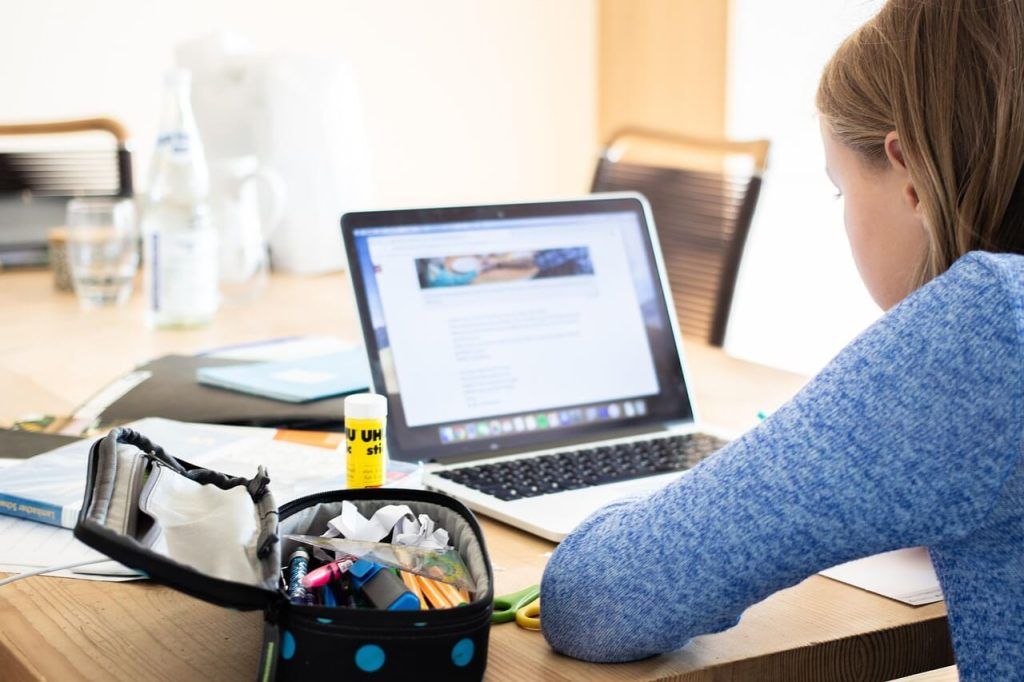
Best for: organized students, or making a class more active
Yep, you got it right, the flipped classroom model turns things over a bit. Under a flipped blended approach to learning, students get instructions and prepare at home, and then have practice or discussion in class.
Let’s consider a video lesson and afterwards practice as a good blended learning example of the flipped model.
How does it work?
A teacher records a short lecture with a specific take on history for students to watch as homework. Then, during class, students work on hands-on activities, collaborate on projects, or even role-play based on the topic of the lesson.
In a class with such a blended learning experience, they focus more on practicing and applying knowledge instead of only listening. It’s great for making lessons interactive and group work. Also, it is pretty good for understanding difficult topics, as the teacher is there to help.
What are the blended learning advantages and disadvantages of this model?
- The benefits are that students have time to grasp concepts, prepare, and be creative; they learn to be independent and active, while teachers can participate more in a class.
- The disadvantages are that teachers need time to prepare pre-lesson activities. Besides, if students fail to prepare, the lesson won’t be productive.
Example of blended approach to learning #3: Station rotation in class
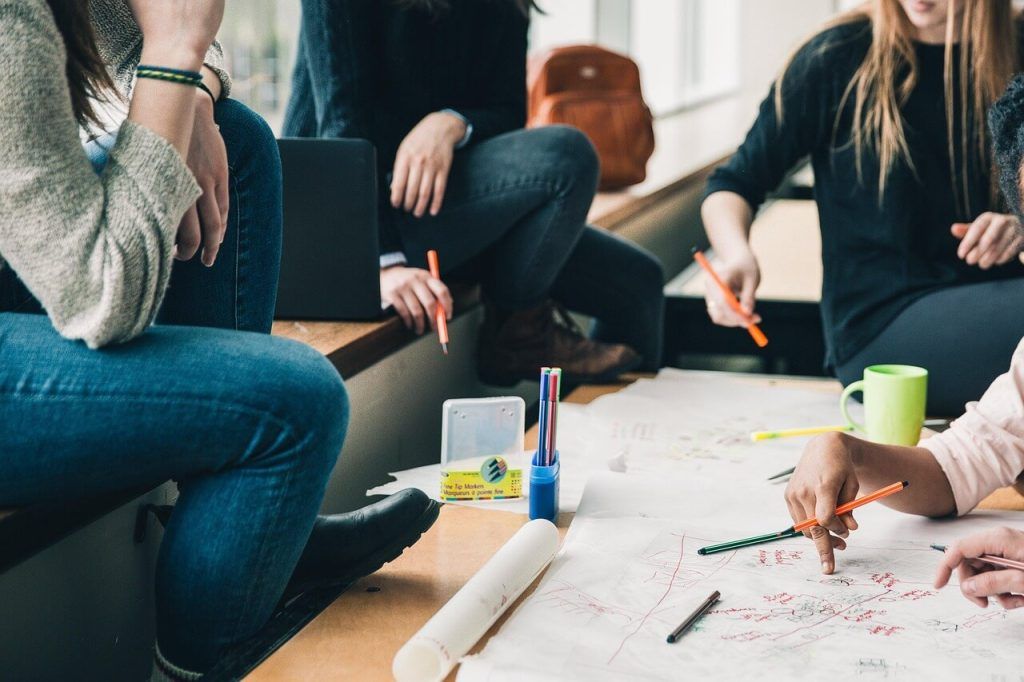
Best for: small-group activities among school students or projects
The station rotation approach is a type of blended learning experience where the teacher sets up multiple stations for different online activities or tasks. The key objective of such a model is to diversify learning, focusing on different skills, yet keeping students engaged.
How does this blended approach to learning work?
Imagine a physics class of 15 students set up with three stations related to motion and forces: one for a video presentation of an experiment, one where the teacher asks questions, and one for a collaborative science experience. Students rotate to the next station every 10 minutes, while the teacher moves around to assist.
In this case, the rotation blended learning experience allows the active participation of students and greater immersion into the process.
What are the advantages of blended learning under this method?
- Mixes different activities
- Keeps lessons extremely engaging
- Appeals to different learning styles
However, managing and switching the stations may be challenging for instructors and students.
Example of blended learning #4: Math lab flex model
Best for: self-motivated learners who thrive in an independent learning environment
Flex blended learning experience suggests that students work mostly online at their own pace and within an individual plan, while a teacher provides on-demand support or intervenes if necessary. The support can be both minimal or substantial, depending on the resources and presence of teachers.
How may a flex blended approach to learning work?
For instance, a school may hold weekly math lab sessions, where students take adaptive math programs with a personalized curriculum. Advanced students will take challenging concepts, while others spend time on fundamentals. There, a teacher would observe and offer help or mini-lessons.
This method allows teachers to focus attention on specific students and support peer tutoring, instead of managing the whole group.
Note: In San Francisco Flex Academy, teachers use dashboards and data to track students’ progress and intervene if they see the necessity.
What are the advantages and disadvantages of blended learning under the flex model?
- Students get more control over their progress
- Teachers can assist one-on-one
However, it does not apply to many subjects, while a lack of motivation or structure can harm the class.
Blended learning example #5: Hybrid school day (Enriched model)

Best for: middle and high schoolers who can handle an online schedule with classroom sessions
The enriched model is one of the most advanced blended learning examples, offering a replacement for an online school. Under the enriched model, students do most of their studies at home and attend a physical place, a school, only on certain days for guided practice.
How does the enriched blended approach to learning function?
Imagine a student who goes to school on Mondays and Wednesdays and learns from home the other days. On school days, a learner does tests, attends labs, and group discussions. On home days, they watch video lessons and instructions, complete online activities, or consult the teacher online.
Such a model is a great option for summer school or additional educational activities outside of school, because it’s pretty flexible in terms of schedule.
Note: This blended learning experience requires great structure and discipline. It’s not very popular, but such progressive schools as Map Academy and Da Vince Rise High successfully implemented it.
What are the advantages of blended learning under the enriched model?
- It allows balancing school with other commitments
- Learners develop the skills to be independent and responsible
Example of blended approach to learning #6: Self-blended model
Best for: learners who want to supplement schooling with extra courses
Under a self-blended approach, a learner chooses to take additional online classes in subjects not offered at their school or beyond the standard curriculum. It may include a school hiring a tutor or a student accessing an intensive course, bootcamp, webinar, and lecture from the school’s computer.
How does this blended approach to learning work exactly?
Imagine a high schooler enrolls in a coding bootcamp or a foreign language class after school. They take courses on top of their regular schedule, on weekends, or in the evening. There, they work at their own pace, get feedback, and do projects.
What are the blended learning advantages and disadvantages in this regard?
- Students can learn anything that interests them
- Great room for personalization
- Flexible scheduling
Yet, self-blended training is often concerned with limited support and requires self-organization.
Note: If you want your kid to be confident before the start of classes, taking extra lessons with tutors can be an effective strategy.
You can check our reading tests and math tests to define your kid’s level and find the appropriate Brighterly reading program and math program.
How does blended learning work? Best practices
Blended learning works effectively when you mix digital resources with classroom instruction that complements both and best answers the learning needs of students. The key is finding the right equilibrium that provides flexibility, yet keeps in-person time for guidance, collaboration, and a personalized approach.
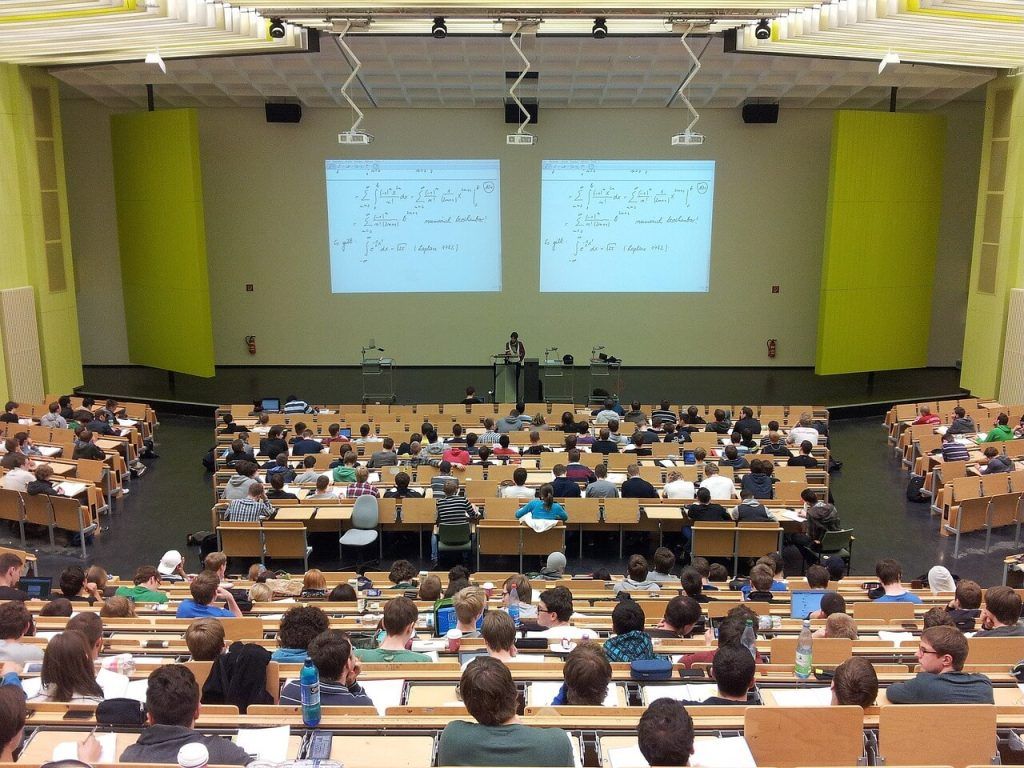
To make the blended approach to learning work, focus on the following tips:
Find a balance between digital and face-to-face time
Put learning needs at the center, but don’t overload students with screen time or lectures. Find a clear mix. For example, you can use online lessons for practice and self-paced learning. However, reserve the classroom for discussions and collaboration. It will ensure that there is room for depth, guidance, and personal support.
Use resources and methods wisely
Start small and choose methods, apps, and tools that add value rather than overwhelm. A good blended learning experience relies on simple solutions paired with offline work. Do not strive for an enriched blended approach to learning if it will bring more learning challenges than solutions. Sometimes, it’s better to show an experiment in a traditional way instead of resorting to the latest trends or VR experiences.
Leverage personalized paths
Think of the learning needs of a student rather than a one-size-fits-all approach. Adjust pace, path, and methods in accordance with their level and requests. There, develop milestones and collect feedback to adapt sessions, provide tutoring, or advanced tasks. In that case, blended learning in classroom will help build confidence and motivate the students.
Determine clear roles and goals
Remember that teachers act as guides. They monitor, coach, and intervene when needed. At the same time, students and learners work towards a goal. Thus, setting clear expectations and instructions linked to goals is essential. They help determine goals and create a blended learning experience that is clear and productive.
Conclusion: What is blended learning in education?
As the definition of blended learning suggests, the approach combines traditional classroom teaching methods with digital tools. It covers models like face-to-face tutoring, flipped classrooms, rotation, flex labs, enriched programs, and self-blend options. Yet, each of them suits different students.
Therefore, the best strategy is to meet the learners’ needs via finding balance, offering guidance, and igniting motivation. When used right, a blended approach to learning will bring confidence, growth, and keep lessons fun and meaningful.
For all the parents out there: want your child to enjoy learning while staying motivated? Book free lesson to try Brighterly’s blended learning approach in action.

